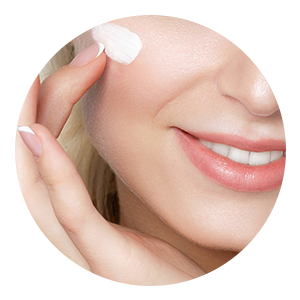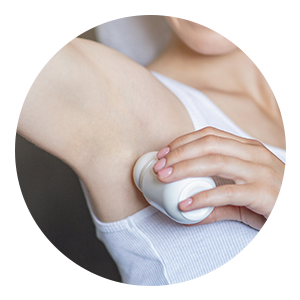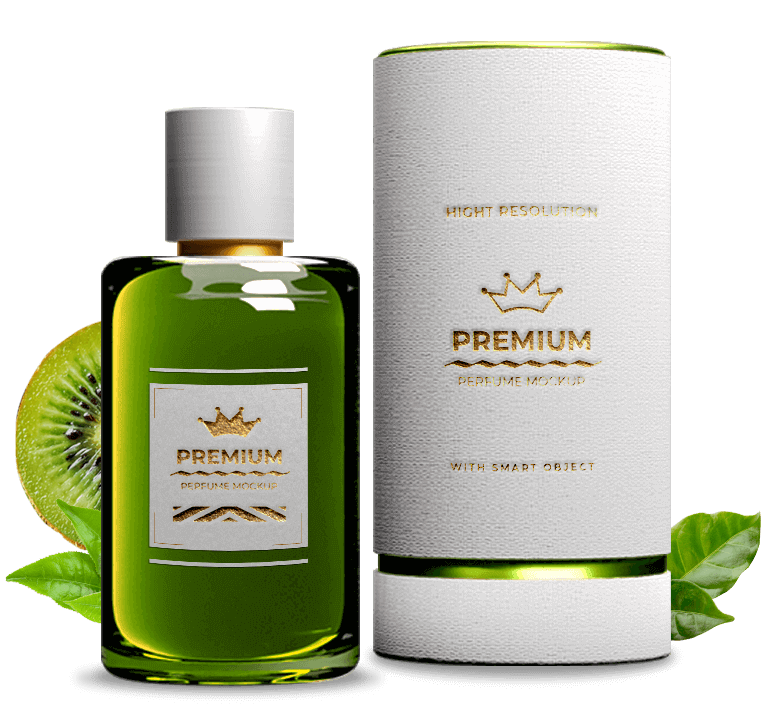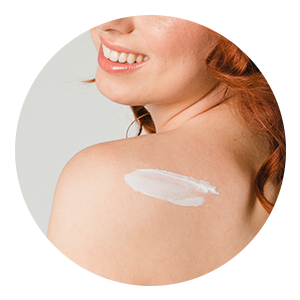Ibogaine treatment is the use of ibogaine HCl and other ibogaine-containing plant extracts (iboga TA, iboga root bark, tabernanthe mani, iboga tinctures, etc.) in the treatment of addiction and similar mental disorders (PTSD, depression, ADHD, anxiety disorder, eating disorder, etc.).
How does ibogaine HCl treat opiate addiction. ?
Ibogaine interacts with certain neurotransmitters, including opioid receptors and serotonin receptors in the brain. Ibogaine being ideal for treating or managing opioid dependence and detox is that ibogaine can reset opioid receptors back to their natural state before opioid use.
Following the reset, a person dependent on opioids would no longer have opioid cravings or suffer from withdrawal symptoms because of the effects ibogaine had on their opioid receptors. A high dose (flood dose) of ibogaine is necessary to get the desired effects.
After ingestion of ibogaine, ibogaine is metabolized to noribogaine in the gut wall and liver by the action of cytochrome P4502D6. Genetic polymorphisms of CYP2D6 influence the biotransformation of ibogaine in humans, resulting in complex pharmacokinetics (fast, slow, and intermediate metabolizers).
Ibogaine is rapidly converted to 12-hydroxyibogamine (noribogaine) with a Tmax observed between 0.5 and 4 h.
Noribogaine can be defined as a major metabolite of ibogaine that acts as a potent serotonin reuptake inhibitor.
Among recent proposals for ibogaine mechanisms of action is activation of the glial cell line-derived neurotrophic factor (GDNF) pathway in the ventral tegmental area (VTA) of the brain. The work has been accomplished in preclinical opiate research where 30 mg/kg of ibogaine caused increases in RNA expression of GDNF in keeping with reduction of opiate intake in the rat, absent of neurotoxicity or cell death.
This is to give you a little insight into how ibogaine works in the body; mind you, do your own extensive research on this subject.
We would provide you our suggested doses based on our experience and popular use of clients and other connosoires in the field of ibogaine as treatment for 3 different conditions,
– Ibogaine treatment for opiod addiction
– Ibogaine treatment for PTSD, Depression & other mental disorders
– Ibogaine treatment for gambling addiction, porn addiction.
According to the report published in Progress in Brain Research, a single “heaped teaspoon” of iboga root bark triggers euphoria. An ibogaine dose of 5 mg/kg of a person’s bodyweight appears to cause mostly stimulatory effects. Doses of 10 mg/kg or more of a person’s bodyweight launches a visual phase lasting 1 to 4 hours followed by an introspective stage, the latter of which gives patients insights into their addictive behaviors.
Researchers have also found that ibogaine led to resolution of patients’ opioid withdrawal syndrome within 48 hours and was be effective in blocking return to use for years.
Our dosage advice for first time users is as follows
Dosage proposition for mild opiod addiction 1 to 5 yrs (opiods, nictoine ) :
6 days microdose of ibogaine HCl with iboga root bark Day 1: test dose 50 mg HCL
Day 2: Ibogaine HCL 200 mg + Iboga 100 mg
Day 3: 400 mg HCL
Day 4: 525 mg HLC + 900 mg Iboga
Day 5: 275 mg HCL
Day 6: 400 mg1 HCL + 500 mg Iboga
Iboga TA calculated at 50% as concentrated at HCL = 2,425 mgHCL
2,425 mg/95 kg = 25.5 mg/kg
Dosage proposition for strong fentanyl addiction 10 yrs upward (fentanyl,heroine, Methamphetamine ) :
4 flood dosage with 1 month intervals Iboga calculated at 50% as concentrated as Ibogaine HCL
Ceremony 1: 3,340 mg iboga = equivalent 1,670 mg ibogaine HCL = 30.6 mg/kg
Ceremony 2: 2,220 mg iboga = 1,110 mg ibogaine = 20.3 mg/kg
Ceremony 3: 3,700 mg iboga = 1,850 mg ibogaine = 33.9 mg/kg
Ceremony 4: 1,530 mg iboga = 765 mg ibogaine = 14 mg/kg
Ceremony 5: 1,450 mg iboga = 725 mg ibogaine = 13.3 mg/kg

Leo a diam sollicitudin tempor eros donec ac odio tempor.

Leo a diam sollicitudin tempor eros donec ac odio tempor.


Leo a diam sollicitudin tempor eros donec ac odio tempor.

Leo a diam sollicitudin tempor eros donec ac odio tempor.

Olezoa, Yaoundé- Cameroon
tryibogaine@gmail.com
WhatsApp us